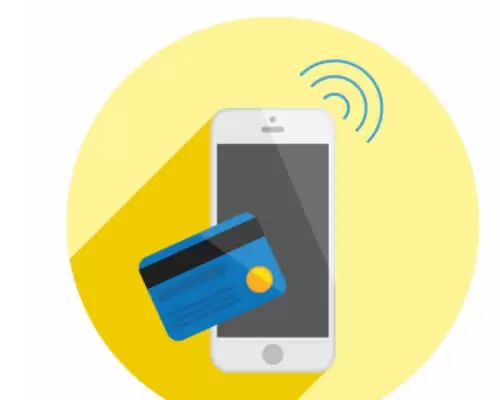Online banking is firmly embedded in our lives and few can now imagine life without Internet banking.
Gone are the days when it was necessary to go to the bank to maintain, replenish bank accounts and bank cards.
Today, together with myfin, I have prepared a material for you, which will tell you about the history of the development of online banking.
How Online Banking Began
The first online banking system emerged back in the 1980s, the country of its creation was the United States.
The first system that allowed individuals to get information on their accounts by connecting their phone to the bank’s computer was Home banking.
Later on, the banks introduced systems.
It allowed them to manage their accounts with a direct connection to bank servers via personal computers.
That did not require a permanent connection to the Internet, except for data transfer.
One of the first such systems was “PC-banking,” which was functionally fully compliant with IS.
Then in 1994, Stanford Federal Credit Union introduced for the first time a money transfer service from accounts.
And in 1995 the first virtual bank “Security First Network Bank” opened.
It offered PC-banking users to fully use the communication and service capabilities of the Internet at a new quality level.
But due to the low trust of the population at the time, to the possibility of conducting banking operations on the Internet, it failed.
However, thanks to the rapid development of the Internet and mobile communications in the U.S.
There was the first Bank of America, which achieved success in online banking and won the mass trust of users.
It was able to develop IS so that it became the most popular means of managing their accounts across America.
By 2001, it had become the bank’s leading IS service, with 20% of its active users and more than 3 million wire transfers totaling more than $1 billion made by the end of the year.
The number of active users amounted to 20% of all the bank’s clients.
Today in the countries of Western Europe and the USA, the users of IS service are 90% of all Internet users.
Further Development
Internet technologies enable people all over the world to use convenient ways (graphics, text, sound, video) for working with information in the most effective way.
In the following years, the IS was developing very slowly.
As of the 3rd quarter 2001, 36 banks provided Internet services for individuals.
22 of the banks have registration in the Russian Federation.
Today, European banks are not so much behind American banks as they are ahead of them both in terms of the number of banks and turnover in this area.
In Europe, 4% of all banking transactions go via the Internet, and in the United States – 3%.
All told, there are over 1,500 banks in the world today that offer Internet banking services.
Online banking is rapidly gaining momentum.
The major banks are developing and introducing new services into their functionality.
This simplifies the user convenience processes, and they pay great attention to remote channels in their advertising.
According to forecasts, the growth of active users in Internet banking is about 40-50% per year.
Thus, the great interest in Internet banking customers expresses primarily by attractive conditions, rather than those offered in the bank offices.
Since the costs of organizing banking services on the Internet are minimal, Internet banks were initially able to offer future customers high-interest rates on deposits.
The Value of Online Banking
Today, the development of online banking contributes to the expansion of functionality.
Also, it contributes to the development of promising services WAP, SMS, improvement, and availability of tablets, digital media, smartphones, and cell phones.
Internet banking entered the history of banking at the beginning of the 21st century as an indispensable tool for everyday work.
Now, when choosing a bank, the customer can assess not only the terms and conditions of the products offered but also the attractiveness and functionality of its remote access systems.
Security
The use of e-banking in recent years has been to the taste of many of our fellow citizens.
But few of them pay due attention to security issues.
Using other people’s computers, saving passwords in the browser memory, codes written down on sheets, simple passwords that are also known to everyone around – to list the mistakes of online banking users can be very long.
But each of these mistakes can lead to criminals seizing your account and freely withdrawing money from it.
To avoid stealing funds from your banking accounts through online banking, it’s important to follow all the security guidelines.
This way, you can be sure that you’ve done everything possible to ensure your safety.
And even if fraudsters manage to steal money from the account, your bank will have to return it to you.

Petr is a serial tech entrepreneur and the CEO of Apro Software, a machine learning company. Whenever he’s not blogging about technology for itechgyan.com or softwarebattle.com, Petr enjoys playing sports and going to the movies. He’s also deeply interested in mediation, Buddhism and biohacking.

